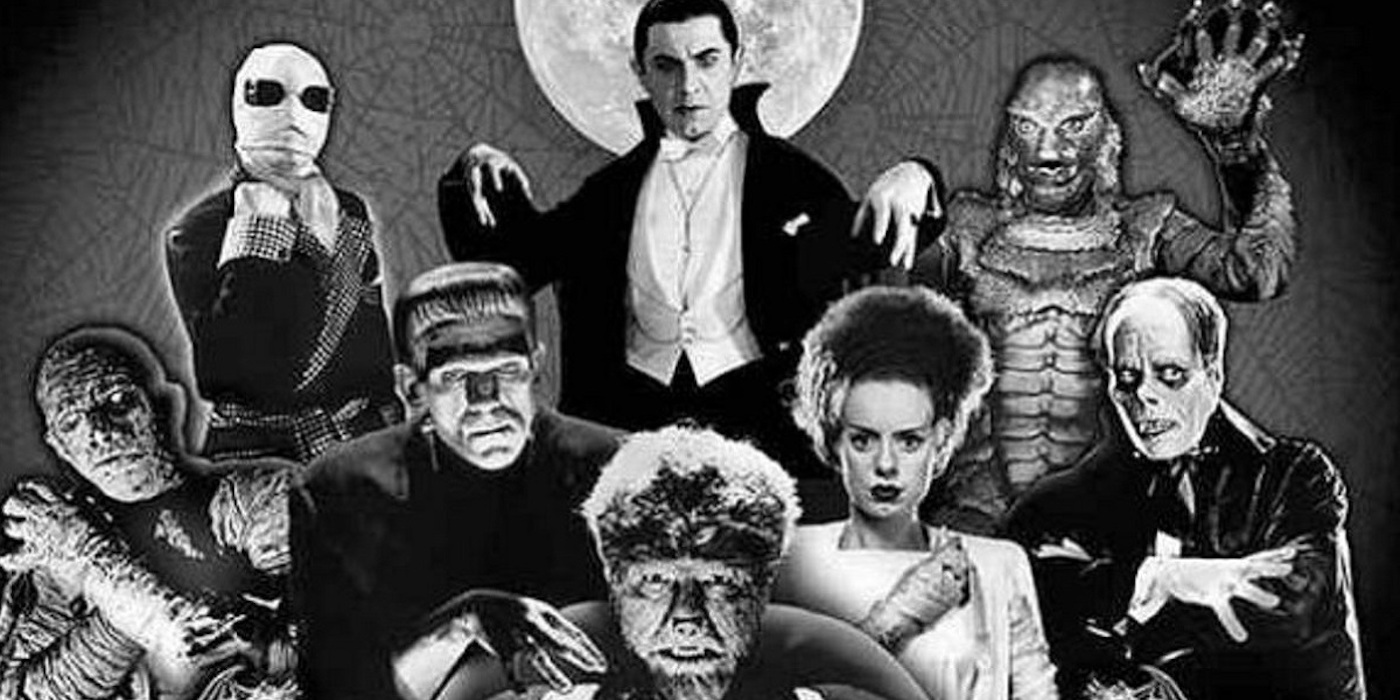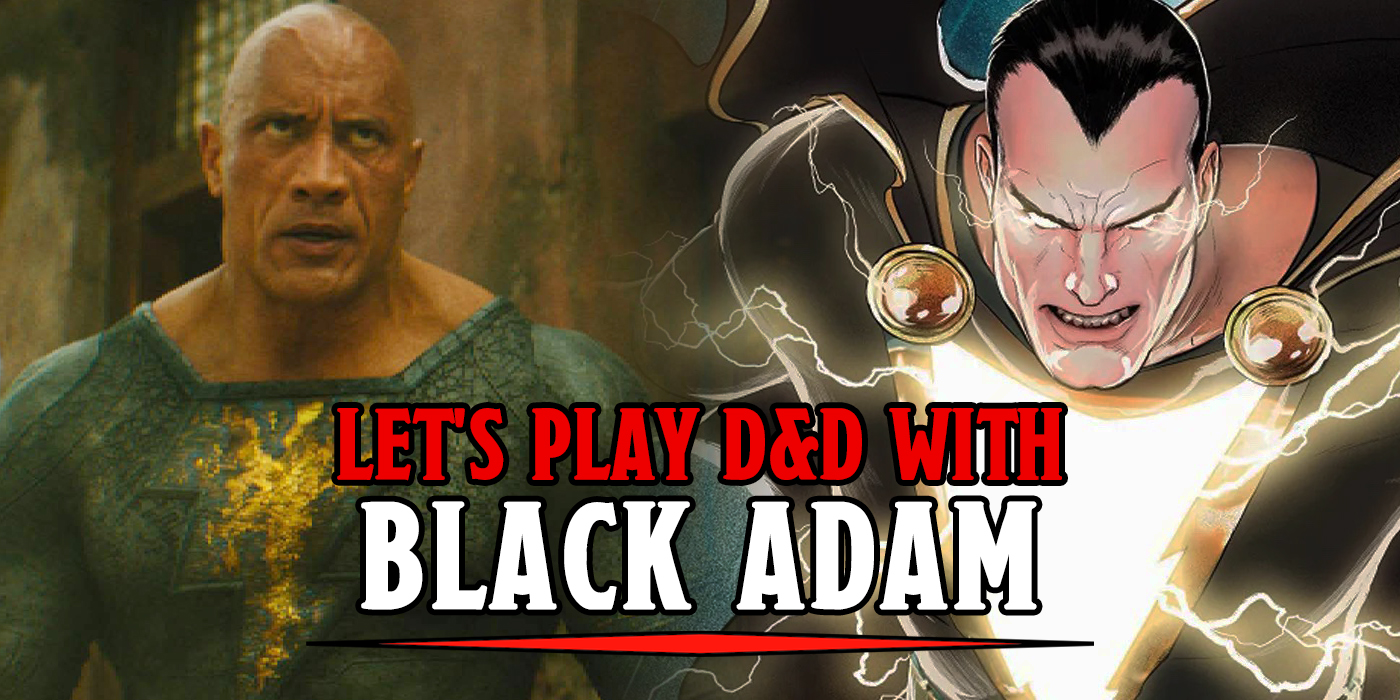Bela, Boris, Elsa, & Lon: All of the Universal Monster Movies Ranked

These classics shaped the horror genre as we know it. Here are my favorite Universal monster movies ranked.
The Universal monster movies paved the way for the horror genre as we know it today. Stunningly filmed, subversive in the story, and exquisitely acted, it can be hard to choose a favorite. Honestly, it’s like ranking all of my own deformed, disgusting, misunderstood children. But it’s the time of year that I spend rewatching them all, so why not? Let’s get monstrous.
After going back and forth with myself, I decided to leave out The Phantom of the Opera. Sorry, Broadway fans.
The Mummy (1932)
Boris Karloff as the Mummy is scary enough but not spectacular. What I find interesting about this movie is that it certainly otherizes Eastern culture (in this case, Egypt). And Karloff, who is English, and Austrian-American Zita Johann playing the half-Egyptian Helen Grosvenor is not cute from today’s lens. However, one of the things I find interesting about this film is its dissonance.
The archeologists who dig up Imhotep and Ankh-esen-amun have conversations about archeology for the sake of science and adventure, but their actions still result in unleashing this horror. It’s certainly a conversation with the subconscious cultural self about archeology as a means of colonization. At one point, Helen, under the sway of Ankh-esen-amun’s spirit within her, is listening to Frank talk about essentially looting all of her personal things from a past life, and she asks “why would you do this?!”
Still, it’s not the best.
Dracula (1931)
For all of its iconic imagery and exquisite mood-building, Dracula is a bit of a slow-mover when it comes to plot. More time for Bela Lugosi to turn out his iconic lurking. While not my favorite portrayal of the dashing and dangerous Count, it’s certainly up there with some of the best.
While Lugosi’s portrayal of the bloodsucking gentleman-fiend is chilling to be sure, it’s really the obsessive vampire fanboy Renfield who really sets the dial at “disturbing”.
The Invisible Man (1933)
It’s the story of a mad who becomes addled by the power of science and invisibility! Just a sassy-ass voice cackling with no mouth to be seen!
It’s another James Whale monster movie, and it does some incredibly creative things with practical and film effects. The sound and image of Dr. Griffin cackling as his bandages fall and there’s just nothing there! It’s a fine good time.
The Wolf Man (1941)
There are so many incredible things to love about this film. Lon Chaney sets the standard for Wolf Man performances with a swagger that masks a deep sadness. He’s charming and a little messy – just like a lycanthrope ought to be.
The transformation scene, while incredibly dated, is one of my favorite bits of the film. It allows you to see a step-by-step practical application, and it’s very cool from a technical perspective. It’s no American Werewolf in London, though.
Overall, this film isn’t just a favorite horror movie, it’s one of my favorite tragedies. It’s a little cringy when it comes to the treatment of the Romani people, though. Yikes.
Frankenstein (1931)
Boris Karloff brings the perfect gravitas to the confused and bewildered Creature, no doubt about it. The sadness he brings to this misunderstood monster reaching out for acceptance is something any marginalized person can understand, which is what makes the tale so compelling.
Colin Clive’s performance as a Doctor consumed by a prideful need to spit in the eye of God is stirring. There are few movie moments in the cultural zeitgeist that can beat out the notoriety of Clive’s triumphant call “HE’S ALIVE!”
Creature from the Black Lagoon (1954)
I live for a good misunderstood creature feature. Firstly, this creature looks incredible, and will always be the iconic portrayal of any water-based monster creature. It’s a tale about the way man interacts with nature – how our pursuit of knowledge can ultimately harm. Plus queer horror fans have found all kinds of gay undertones, but you could say that for many of the Universal monster movies.
The Bride of Frankenstein (1935)
Speaking of gay undertones! James Whale’s follow-up to 1931’s Frankenstein is one of the few instances where a sequel is even better than the original.
Elsa Lanchester turns in a stunning performance as both the Bride and Mary Shelly as she spins the tale that made the famous writer so famous. It’s also the premiere of Doctor Pretorious, the creepy and very “queer” professor who pushes Dr. Frankenstein to resume his experiments and create a partner for his Creature.
It sees the finale of the Frankenstein mythos when the Bride rejects the monster, and he decides that neither of them are meant for the cruelty of the world.





